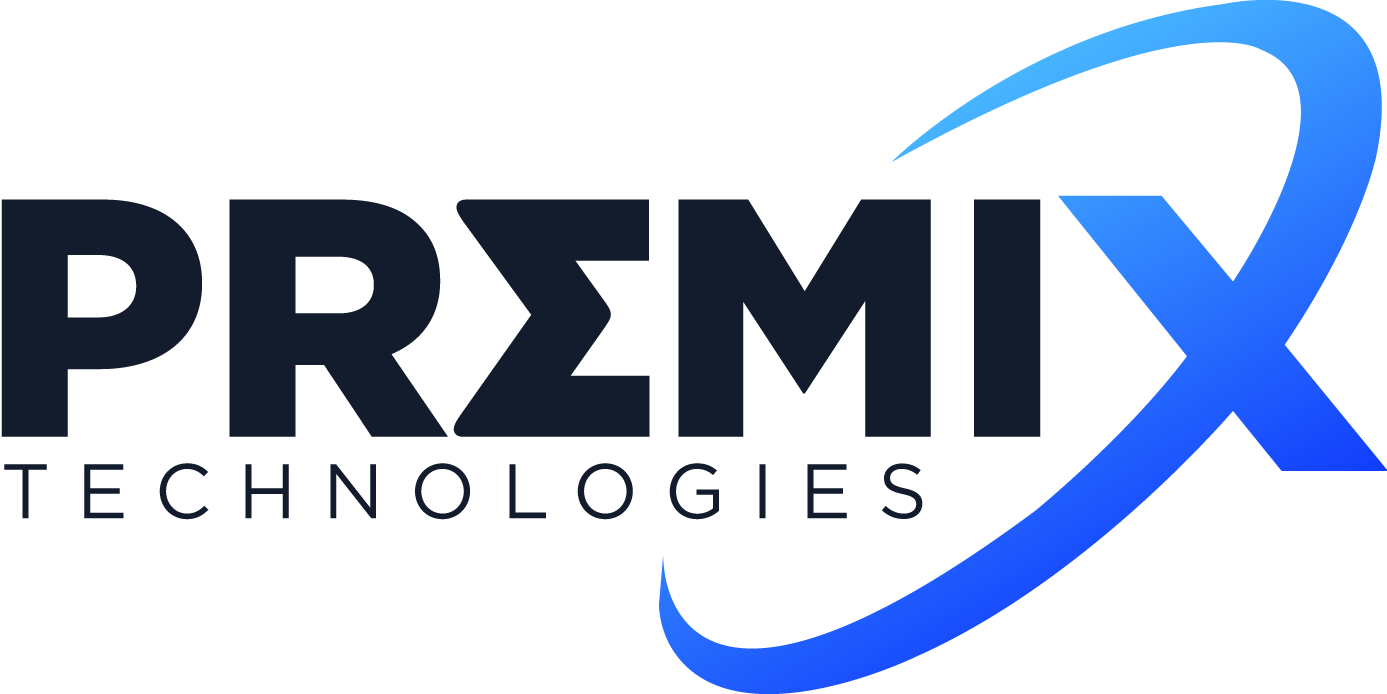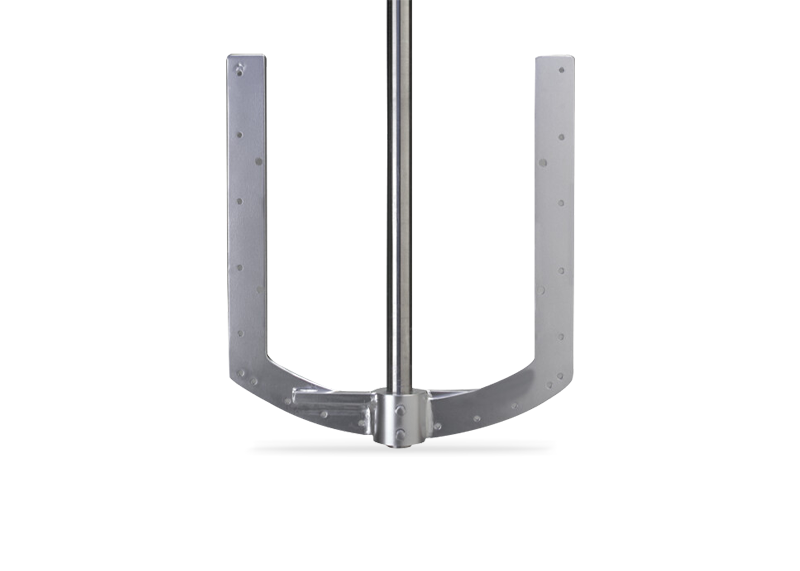Anchor Agitators
| Impeller Type | Central / off center Baffles: 0 / 2 / 3 / 4 Blades: 2 / 3 / 4 Stages: 1 |
|---|---|
| Flow Direction | Radial |
| Preferred Arrangement | Center Mounted |
| Blending | • • |
| Suspending | • • |
| Dispersing | • |
| Heat Transfer | • • |
| Gassing | • • |
| Flow Range | Laminar / Transitional |
| Viscosity Range | 1 - 50,000 |
| Features | - Universal mixing impeller for a wide viscosity range - Variable blade angles (standard versions with 90°) |
| Diameter Ratio | 0.8 - 1.2 [d1 / d2] |
| Speed | 20 – 150 |
| Tip Speed | 1 − 5 [ft/s] |
Anchor agitators, also known as gate agitators or gate blade agitators, are a type of radial flow agitator commonly used in various industries. They are characterized by their anchor-shaped blades that create radial flow patterns within the mixing vessel. Here are some key features and characteristics of anchor agitators:
- 01. Design and Blades
- 02. Radial Flow Pattern
- 03. Viscous Fluid Mixing
- 04. Solids Suspension
- 05. Low Shear Mixing
- 06. Tank Shape
- 07. Heat Transfer
- 08. Laminar and Transitional Flow
- 09. Installation and Maintenance
- 10. Customization
Due to their effective mixing capabilities in handling viscous materials and promoting solids suspension, anchor agitators are commonly used in industries such as chemical processing, pharmaceuticals, food and beverage, pulp and paper, water treatment, and various other applications involving high-viscosity fluids and mixtures.
- 01. Chemical Industry
- 02. Pharmaceutical Industry
- 03. Food and Beverage Industry
- 04. Paints and Coatings
- 05. Pulp and Paper Industry
- 06. Water and Wastewater Treatment
- 07. Adhesives and Sealants
- 08. Cosmetics and Personal Care
- 09. Mining and Metallurgy
Renewable Energy Production: In the renewable energy sector, anchor agitators are used in biofuel production and biogas reactors for efficient mixing of feedstocks and promoting anaerobic digestion processes.
Computational Fluid Dynamics (CFD) analysis for an agitator involves simulating and analyzing the flow of fluids and the associated mixing behavior within a mixing vessel or tank equipped with an agitator. This analysis is crucial in industries such as chemical engineering, pharmaceuticals, food processing, and more, where efficient mixing and agitation are essential processes.
Our step-by-step approach to conducting a CFD analysis for an agitator:
- 01. Problem Definition and Geometry Creation
- 02. Mesh Generation
- 03. Boundary Conditions
- 04. Solver Setup
- 05. Simulation Run
- 06. Post-processing and Analysis
- 07. Optimization and Iteration
- 08. Reporting and Documentation




